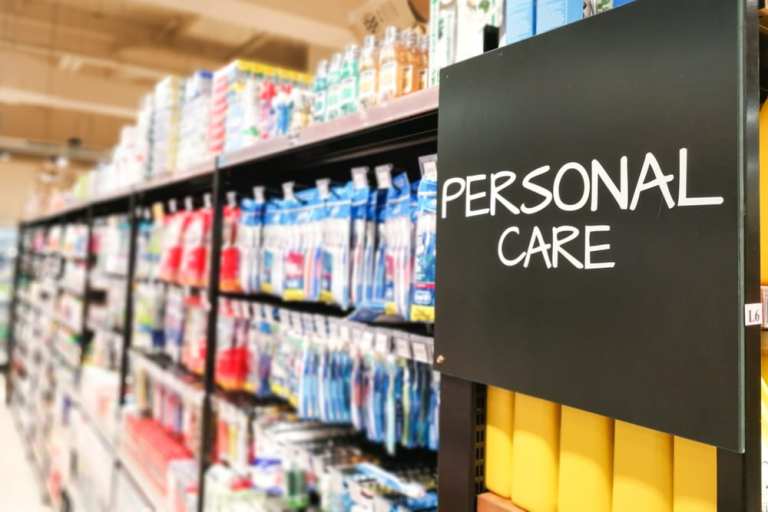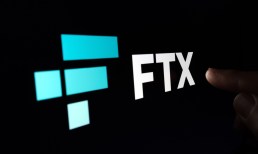Consumer packaged goods (CPG) – which just four years ago had only a 1 percent penetration rate online – are capturing the digital shift in a dramatic way during the pandemic. As the crisis pushed online grocery into exponential growth during the crisis, CPG companies are finally starting to sell and advertise online.
The shift has been so dramatic that IRI, the go-to sales tracking resource for the CPG business, this week added two new reports to its roster specifically aimed at eCommerce sales. The eCommerce Channel Shift Index and eCommerce Demand Index have both been added to measure what had been a rounding error up until the pandemic. IRI has found that total eCommerce demand has significantly outpaced all other channels since COVID-19, and for June is up 86 percent compared to June 2019. By way of comparison, spending at brick-and-mortar drugstores was down 5 percent and total trips across CPG outlets were down 3 percent compared to the year-ago period during the week ending Aug. 30, despite the eCommerce channel being up 91 percent.
The move to consumers buying groceries online has certainly accelerated the CPG eCommerce trend. However, the trend is separate from CPG companies going direct to consumer (D2C). Many CPG companies like Pepsi and Heinz have launched limited but innovative D2C programs. But the eCommerce trend for personal care, packaged foods and beverages has led CPG companies to advertise on supermarket and other retail sites in order to be where the shopper is, and to encourage sales through online channels.
According to a recent Euromonitor survey, more than 95 percent of CPG online sales occur on retail partner sites, because consumers are attracted to the selection of products and personalization of the experience.
“To capture consumer volume, eRetailers are improving their user experience and lowering product pricing,” says Mediapost. “This, in turn, ultimately places the pressure of securing profitable margins back on their manufacturer – something that was not part of the linear brick-and-mortar retail world, where price promotion equates to higher volume and, in most cases, access to more shelf space.”
The new emphasis on digital has also led to more collaboration with retailers. For example, Claire Hennah, VP of eCommerce at Unilever, told industry marketing trade Digiday that as the company’s eCommerce business develops, Unilever is collaborating with supermarkets on content creation and campaign execution. “And while each of those areas is growing at a different rate due to various factors, like the market, it really comes down to the partner that we’re working with,” she noted. “For example, we have a strong, longstanding relationship with Tesco that’s carried over into commerce to the point where we’ve been able to work closely with them this year as it goes on its own journey toward scaling an eCommerce business.”
Advertisement: Scroll to Continue
The CPG business, perhaps more than any other category, is data-driven. Because of that, the industry’s marketers could use a market share tipping point, when CPG will put even more advertising and promotional resources behind eCommerce. According to BCG, that number is right around the 5 to 7 percent market share that is currently being seen.
“That has in fact been the level at which eCommerce took off in many other large product segments, including toys, auto parts and electronics,” noted BCG. “Once that threshold is reached, CPG companies cannot afford to be anything but aggressive and proactive with eCommerce strategies and creative about their online presence.”




